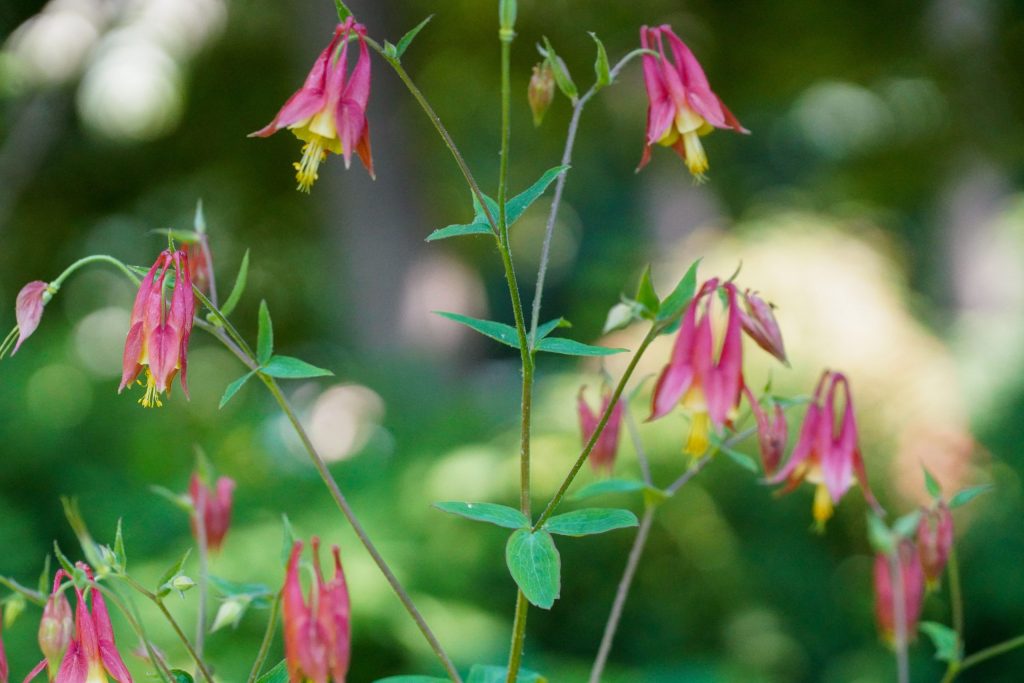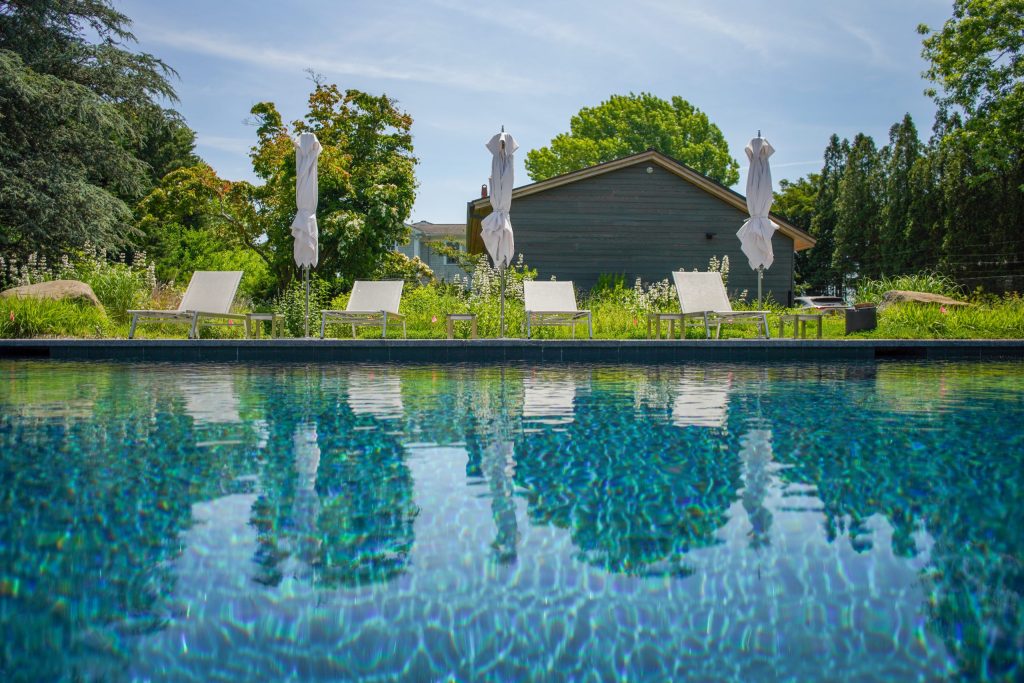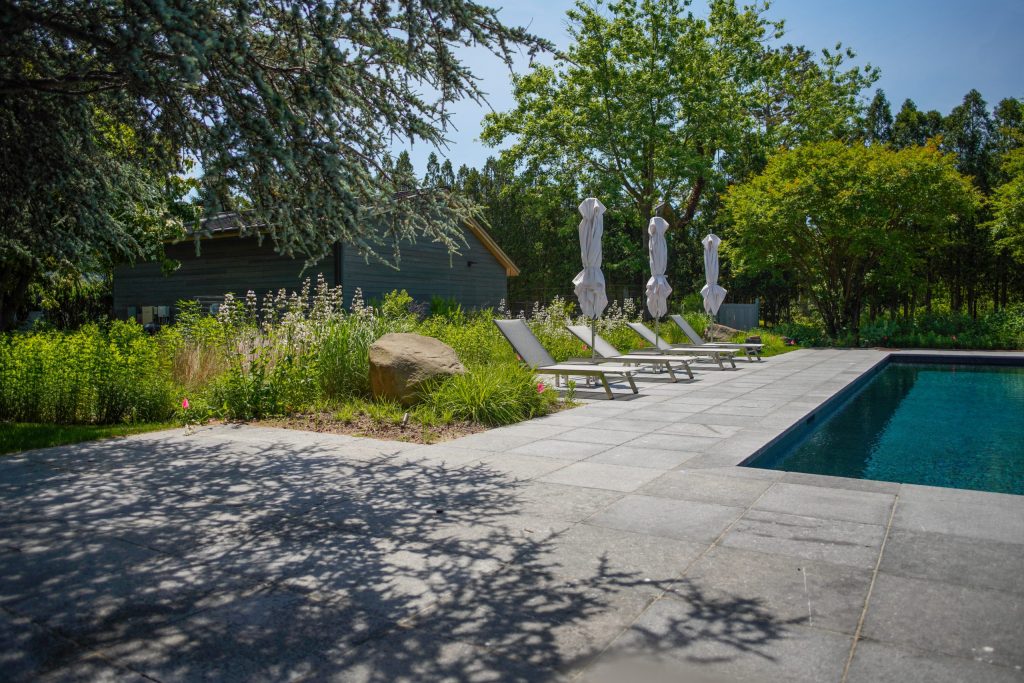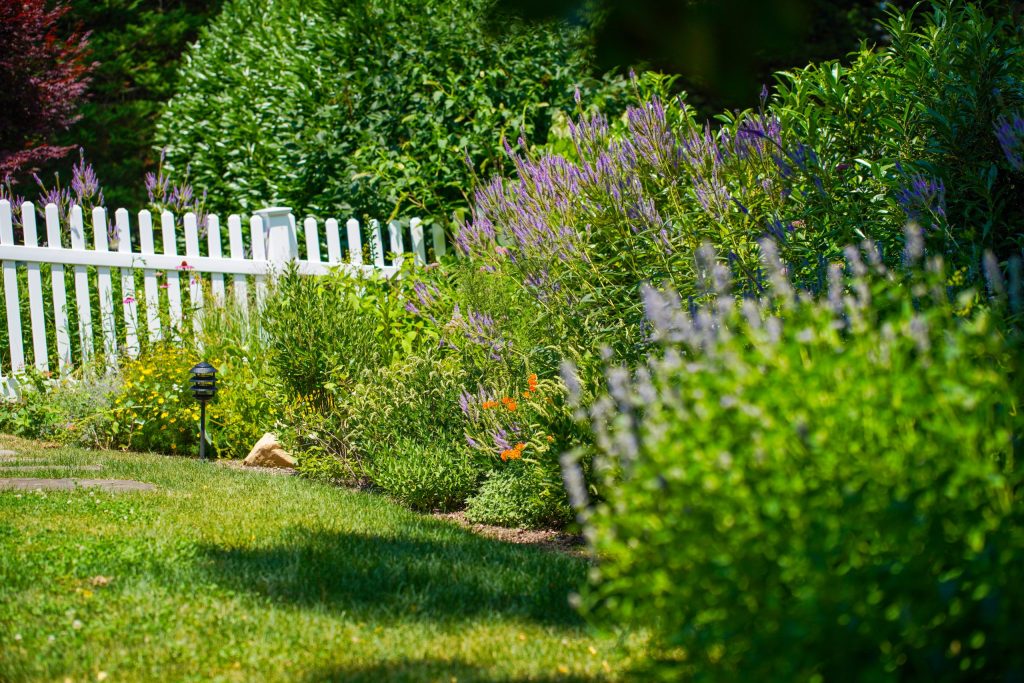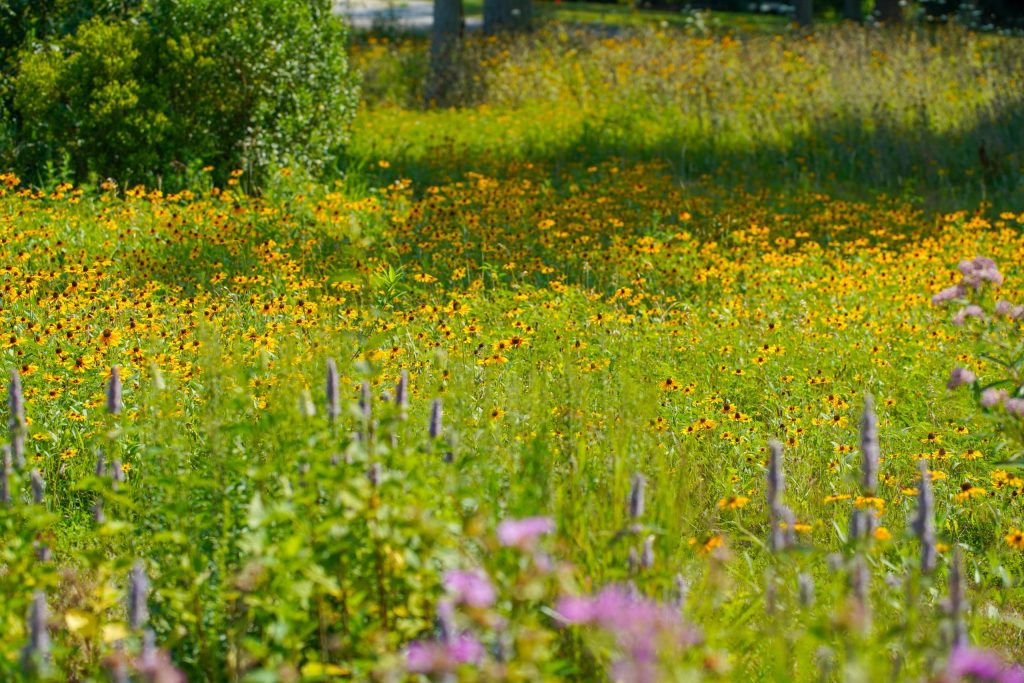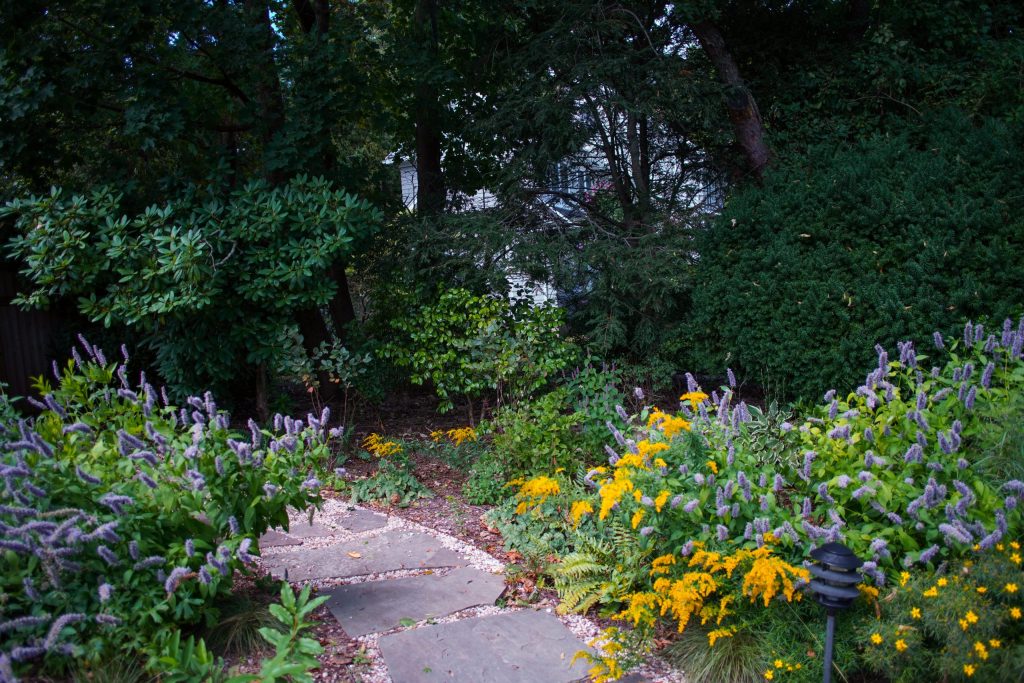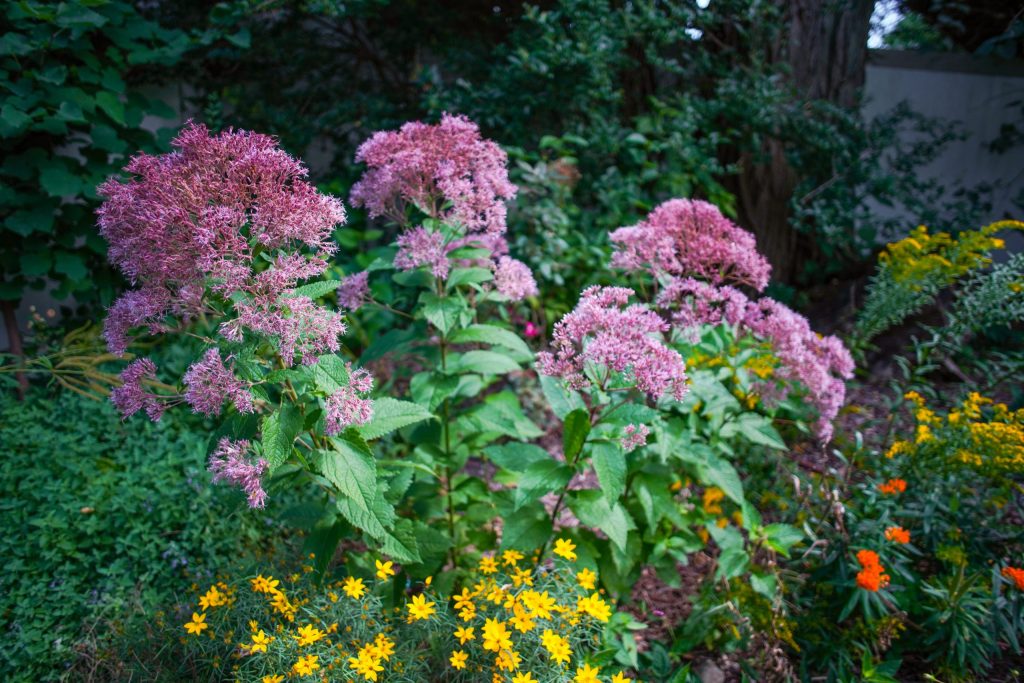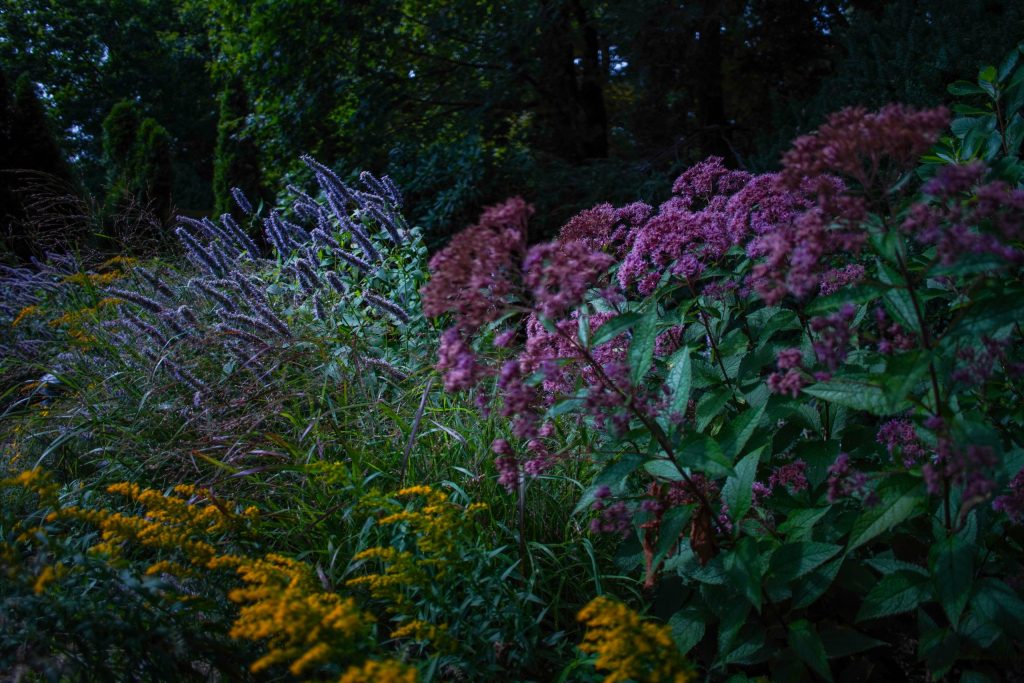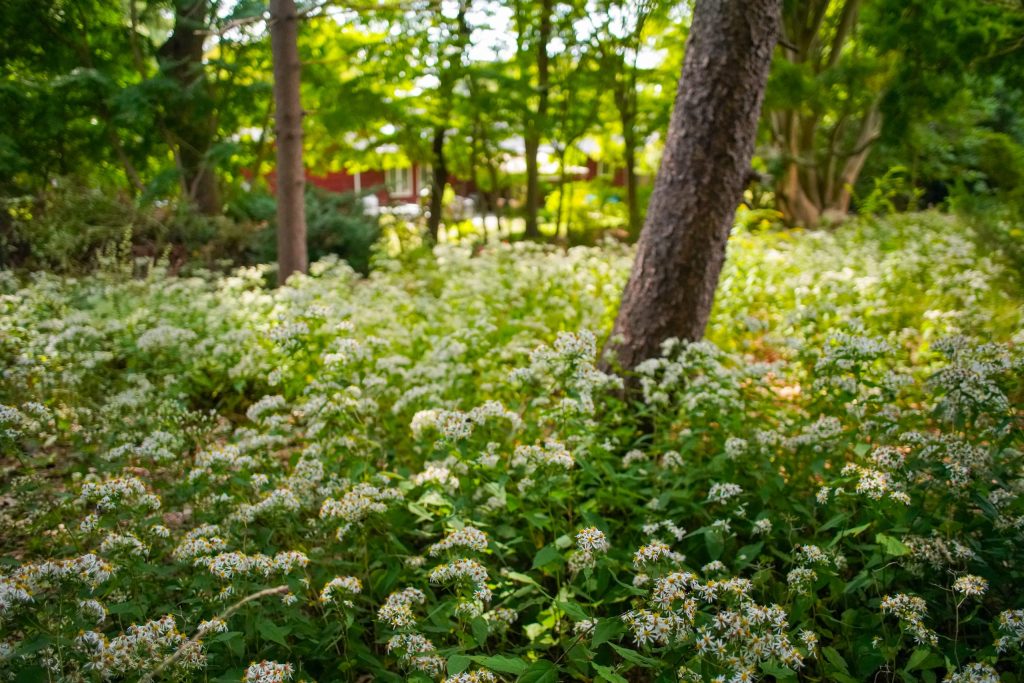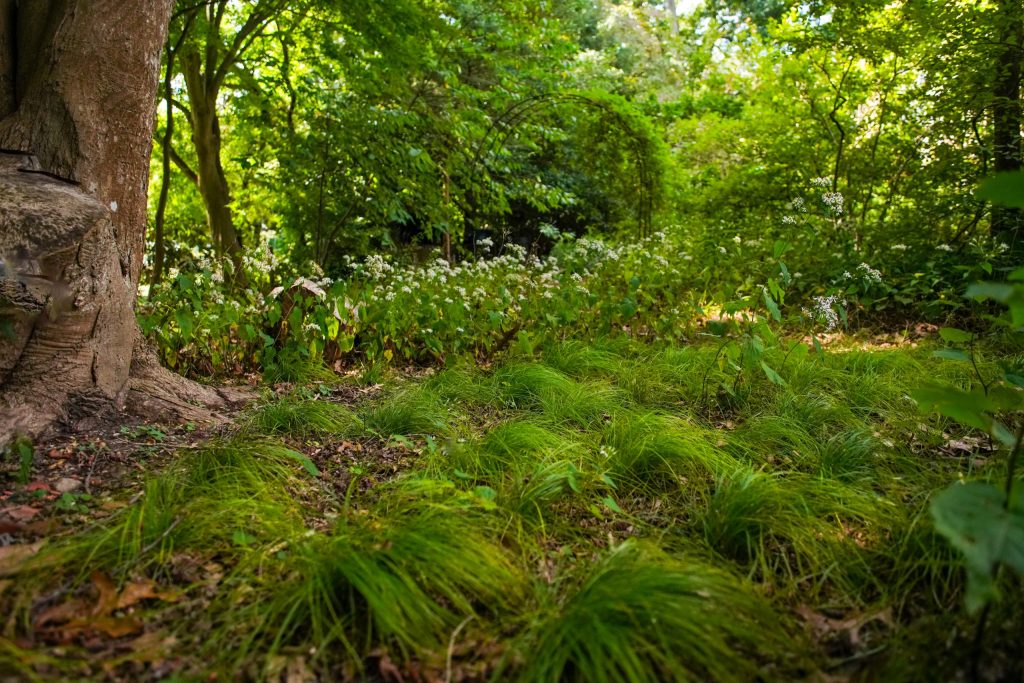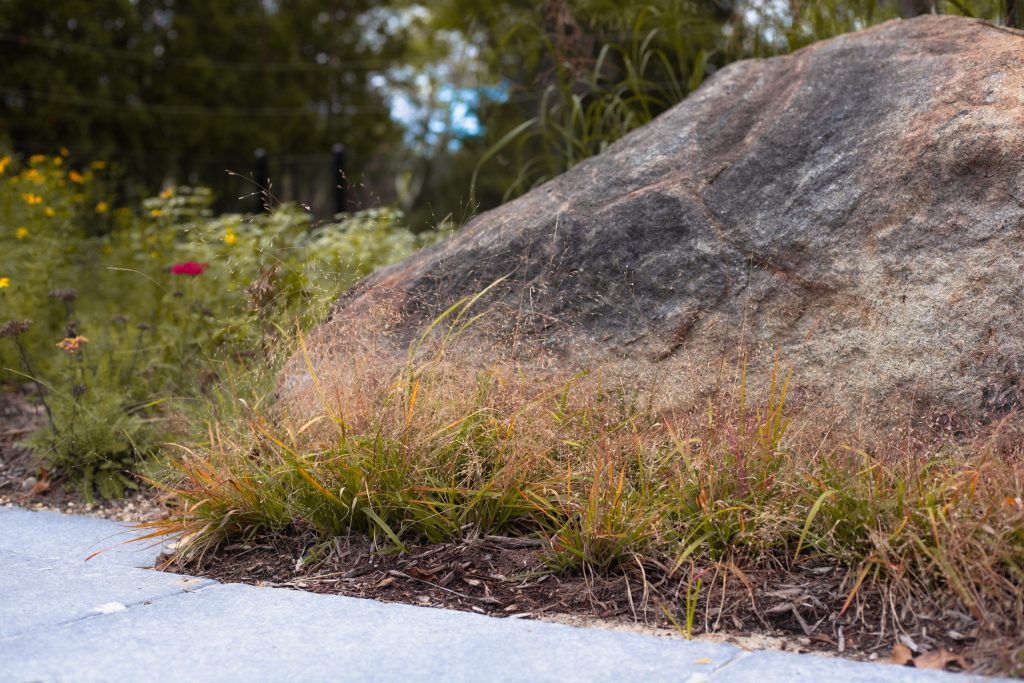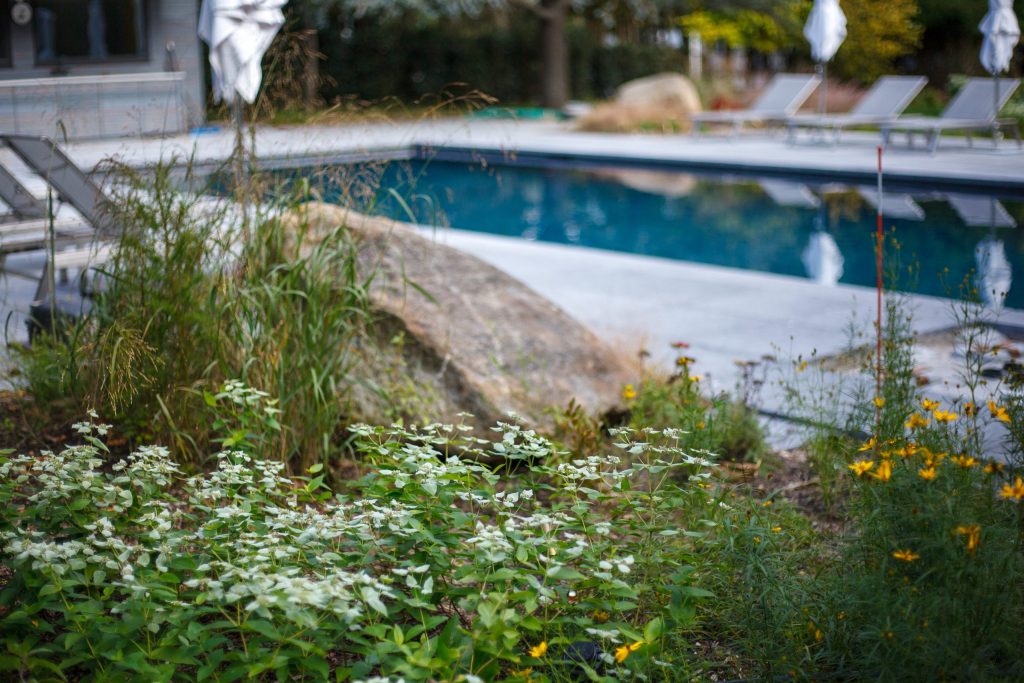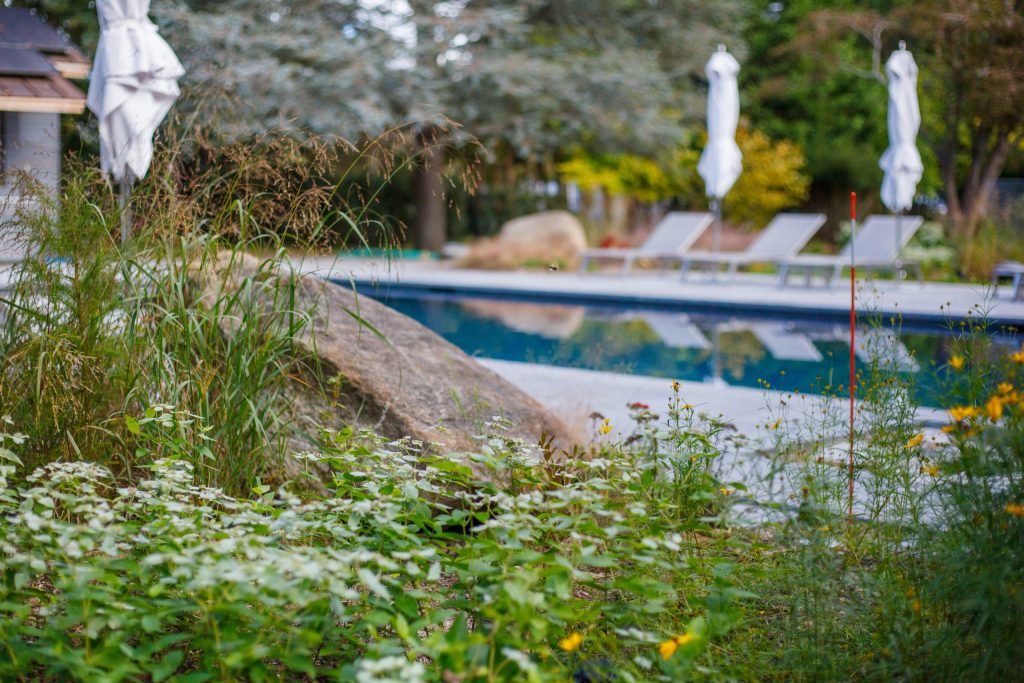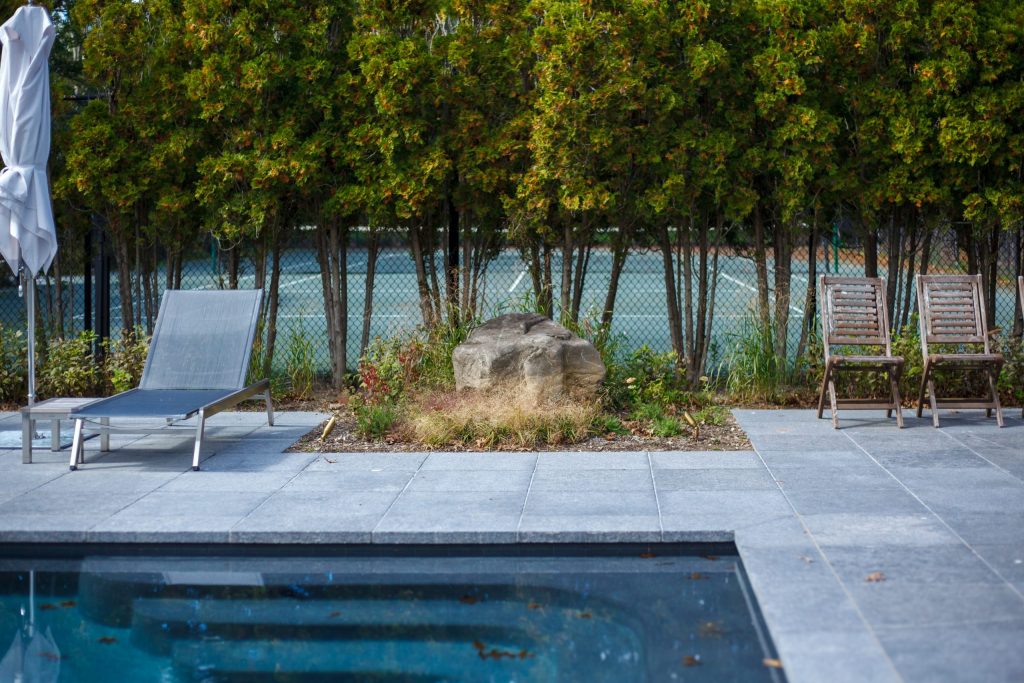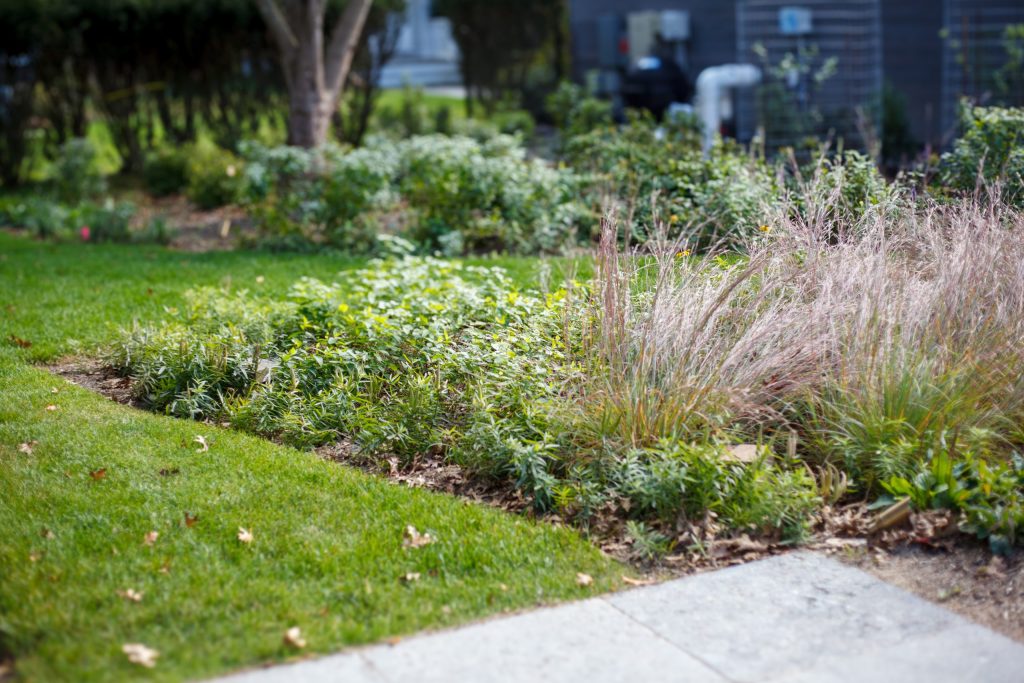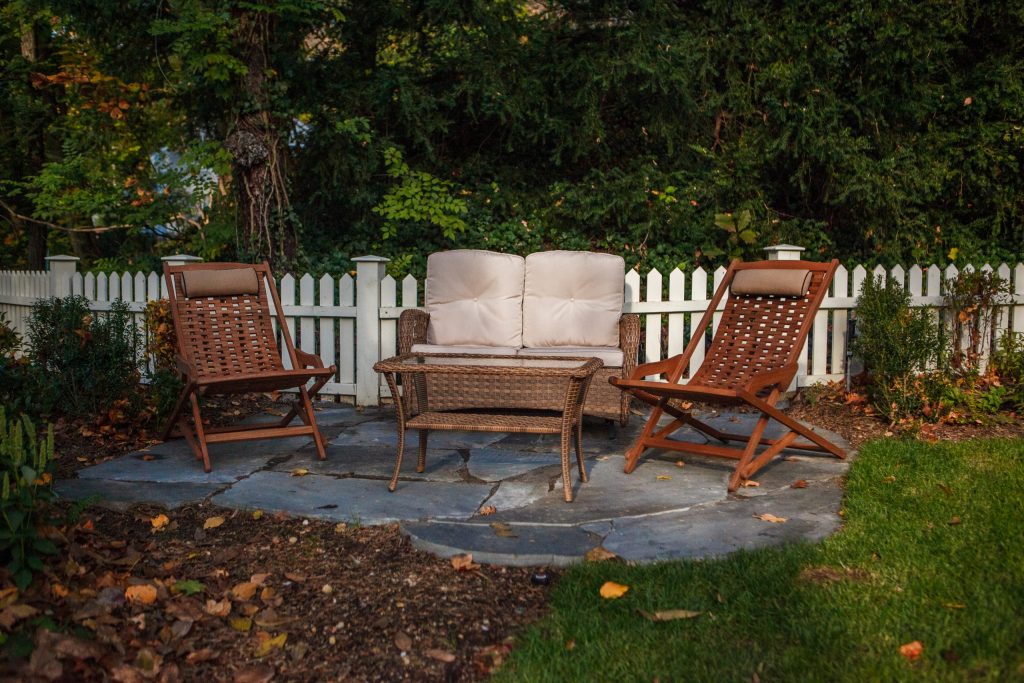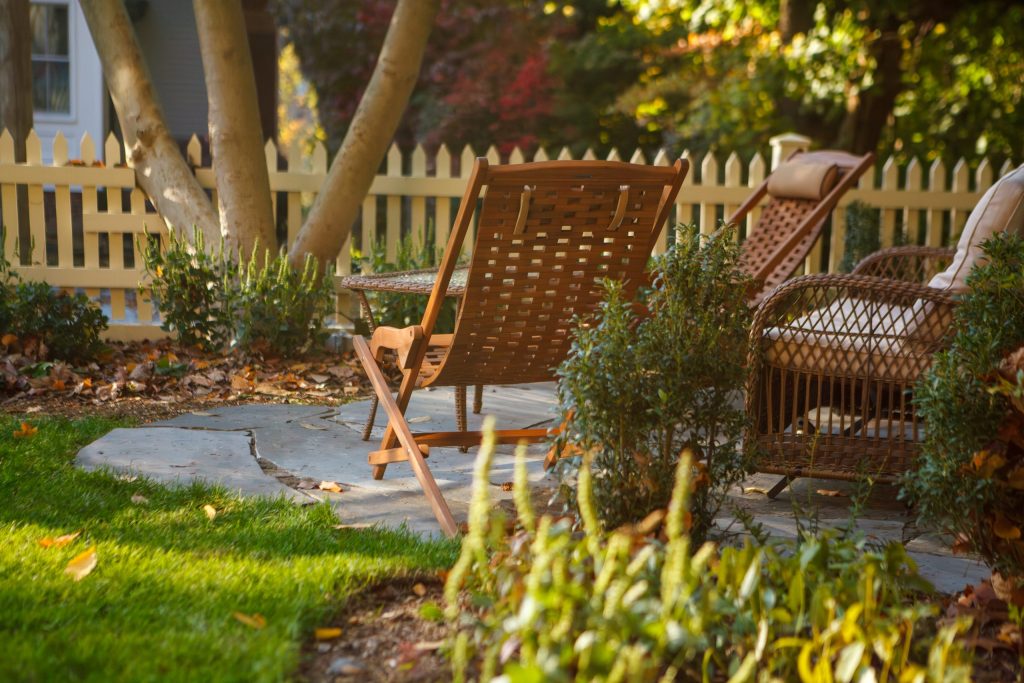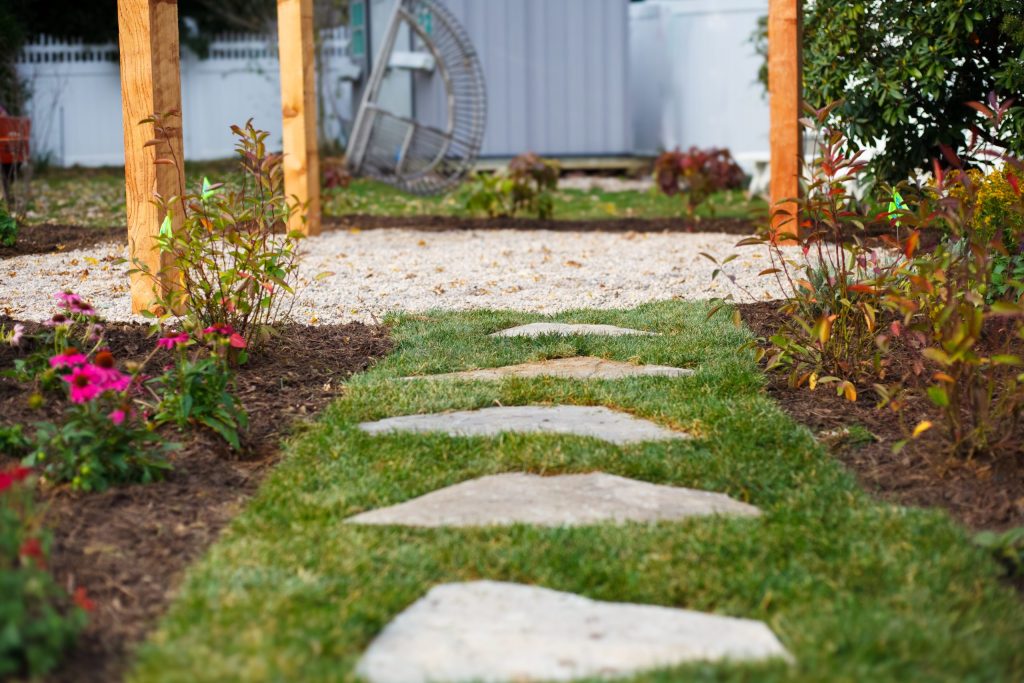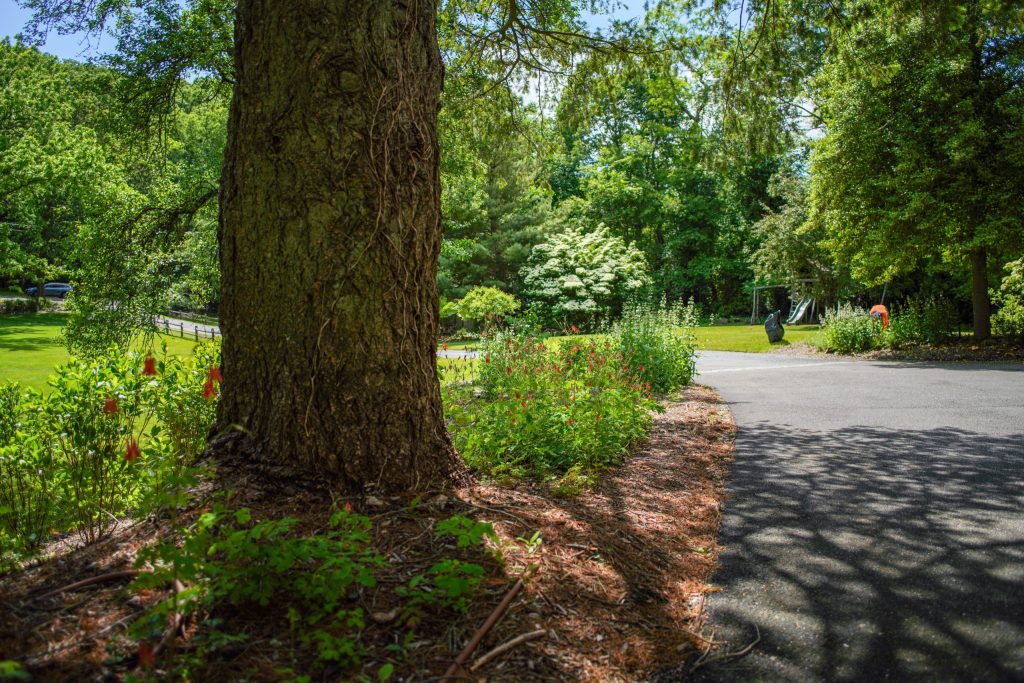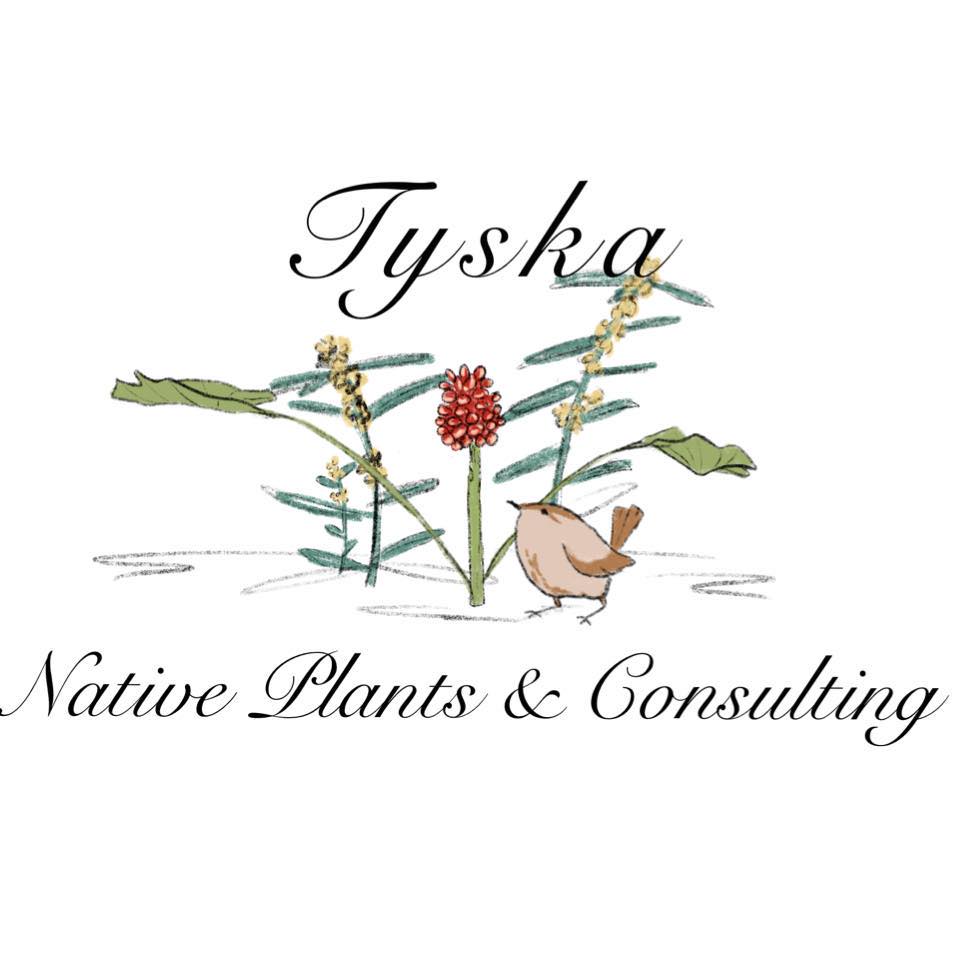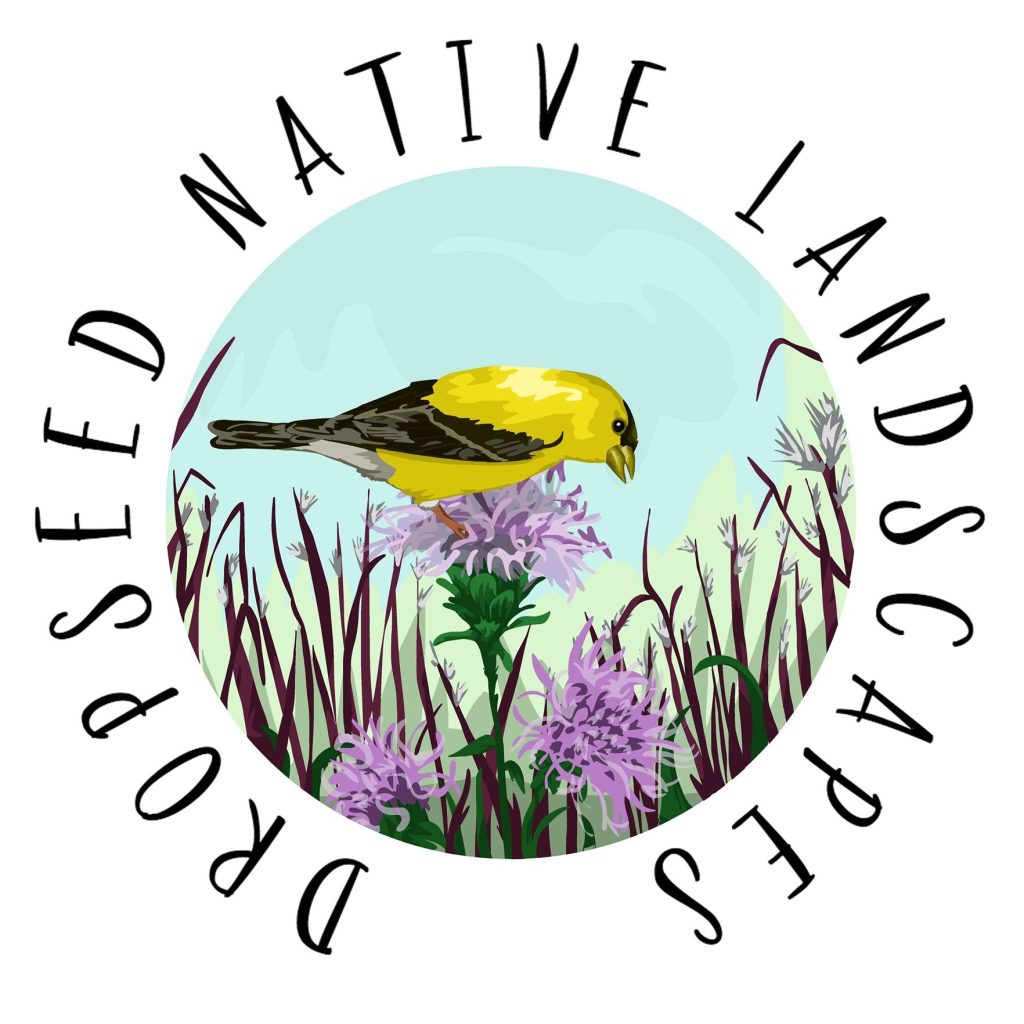Understanding Conservation
Resources to learn, explore, and take meaningful action for Long Island’s environment.
Conservation begins with awareness — of the land, the species that call it home, and the impact our choices have on both. This page brings together resources to help deepen that understanding: from the basics of conservation to identifying native and invasive plants and exploring ways to protect Long Island’s unique ecosystems.
What is Conservation?
Conservation is the careful use and protection of our natural resources — including land, water, plants, and wildlife — to ensure that they remain healthy and available for future generations. It means living in balance with the environment rather than depleting it, recognizing that our well-being is directly tied to the ecosystems around us.
On Long Island, conservation has a particularly urgent meaning. Our communities are surrounded by delicate coastal ecosystems, groundwater-dependent habitats, and a network of wetlands, forests, and grasslands that support countless native species. As development and climate pressures increase, conserving these natural systems is essential — not only to protect biodiversity, but to preserve clean water, manage flooding, and maintain the natural beauty that defines our region.
As our natural systems are increasingly threatened, conservation connects people and communities with the places that support us all. By planting native, removing invasive species, and conserving land, we can preserve Long Island’s natural heritage — ensuring a cleaner, greener, and more resilient future for both people and the environment.
Native Beauty
You don’t need exotic plants to create a stunning landscape. Native Long Island species bring vibrant color, texture, and life to every yard — all while supporting pollinators, improving soil health, and conserving water. These native gardens prove that sustainability and beauty grow hand in hand.
Native Long Island Plants
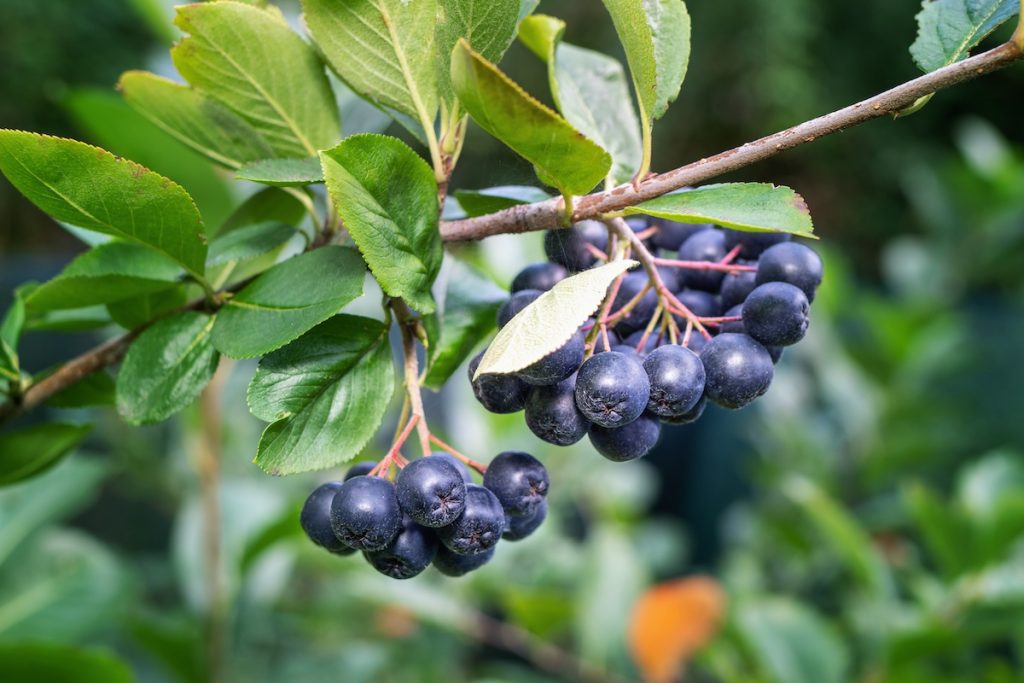
Aronia melanocarpa
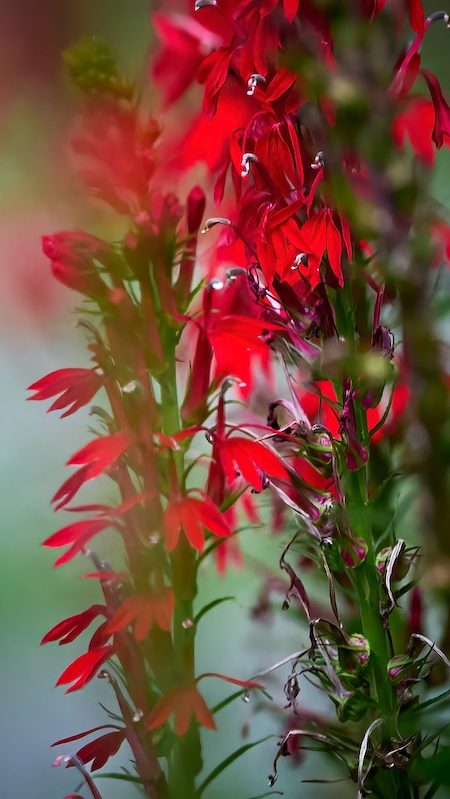
Lobelia cardinalis
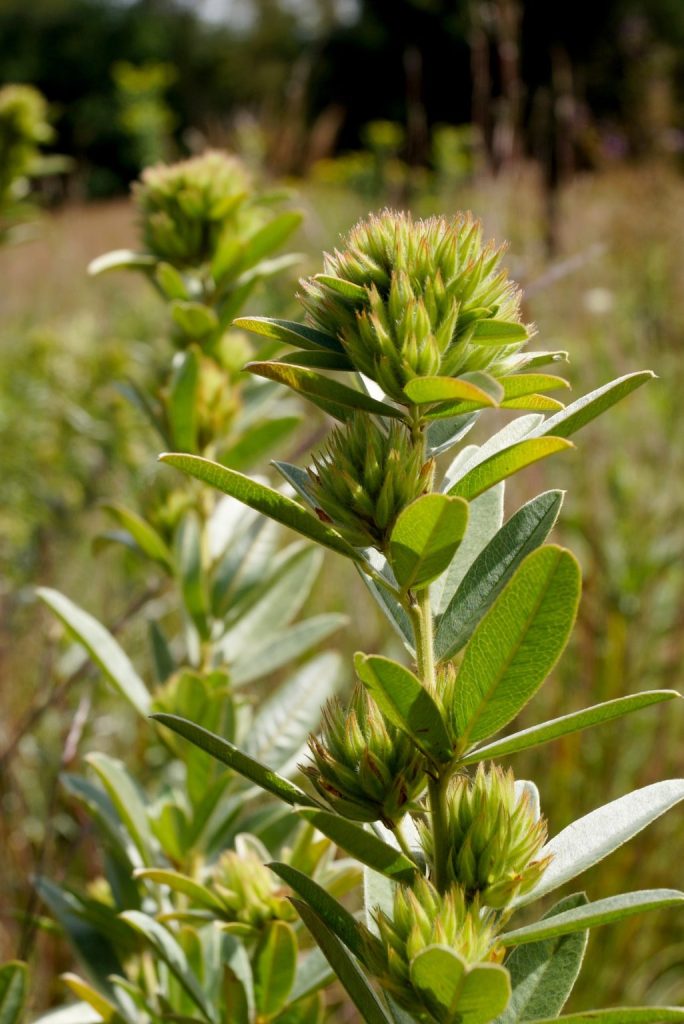
Lespedeza capitata
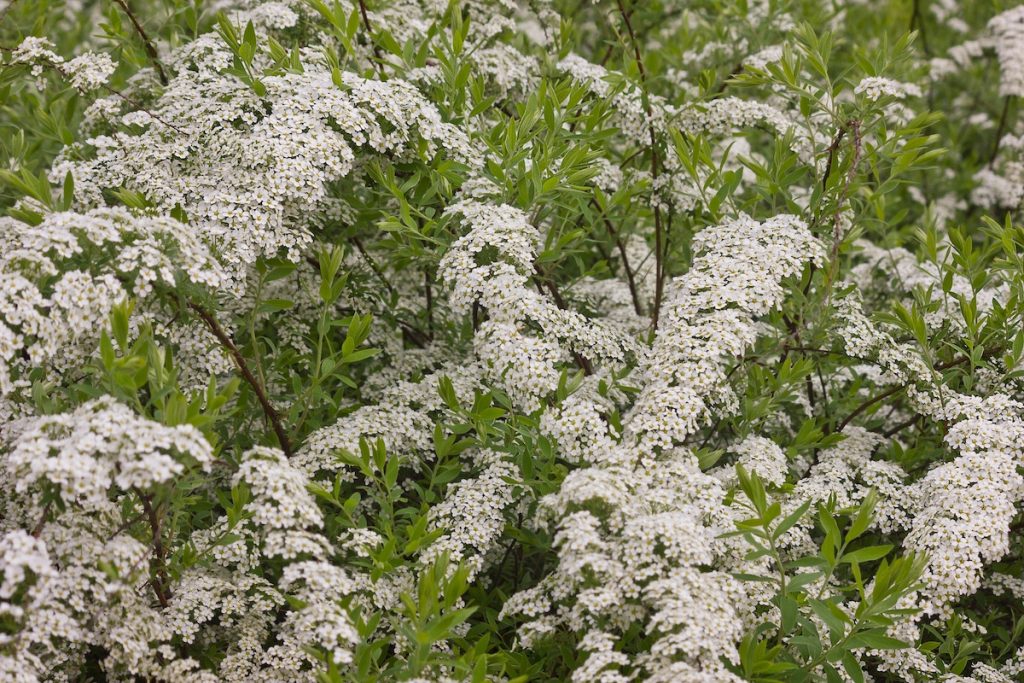
Spiraea tomentosa
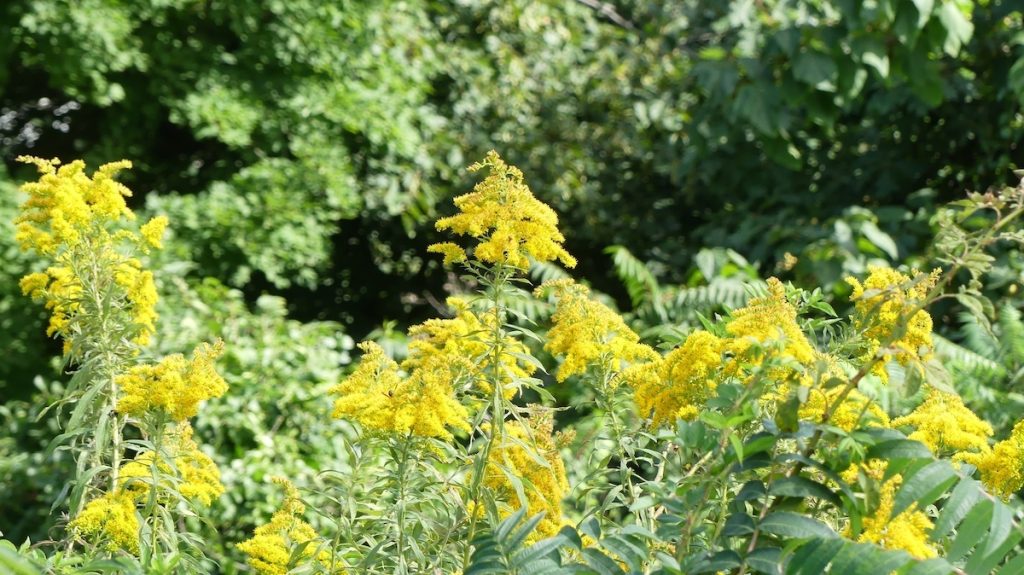
Solidago odora
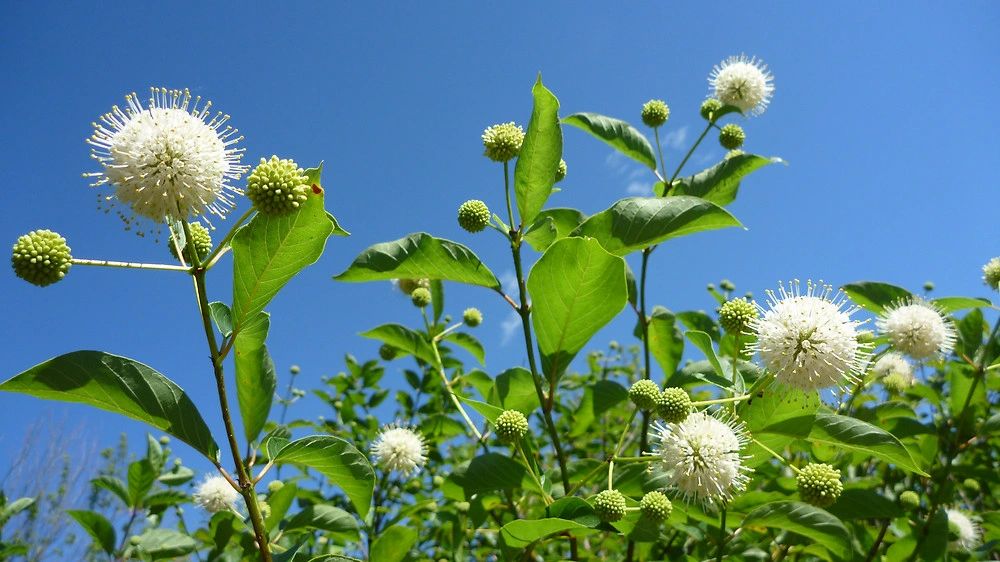
Cephalanthus occidentalis
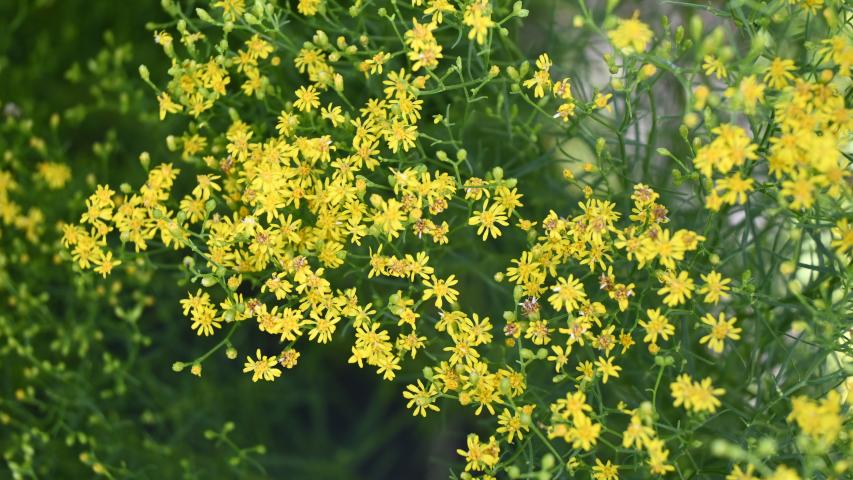
Euthamia graminifolia
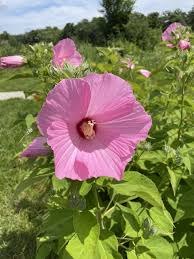
Hibiscus moscheutos
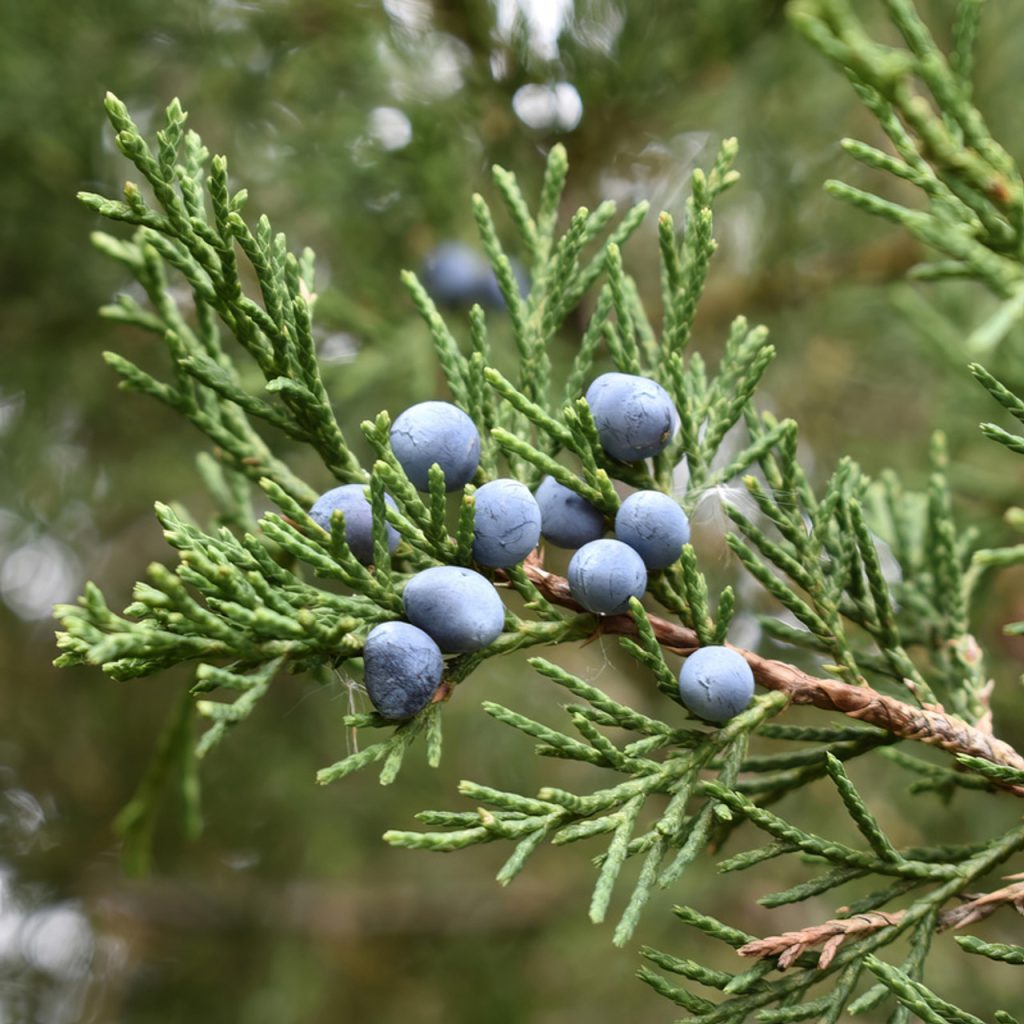
Juniperus virginicus
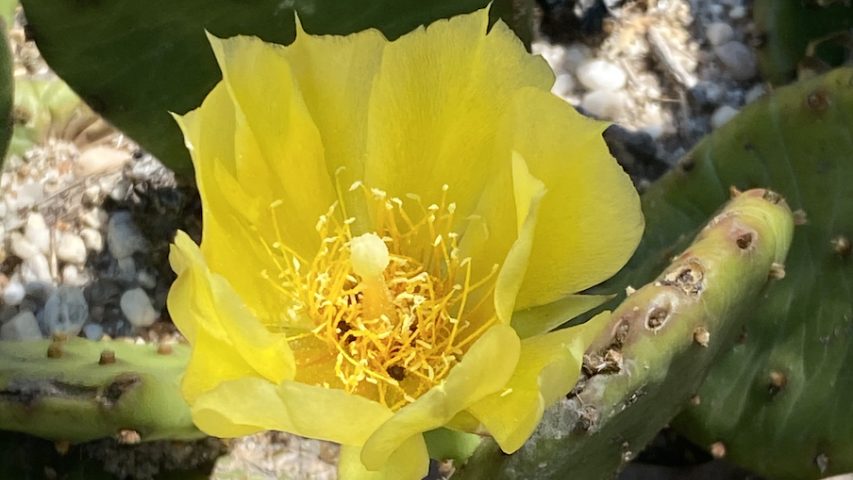
Opuntia humifusa
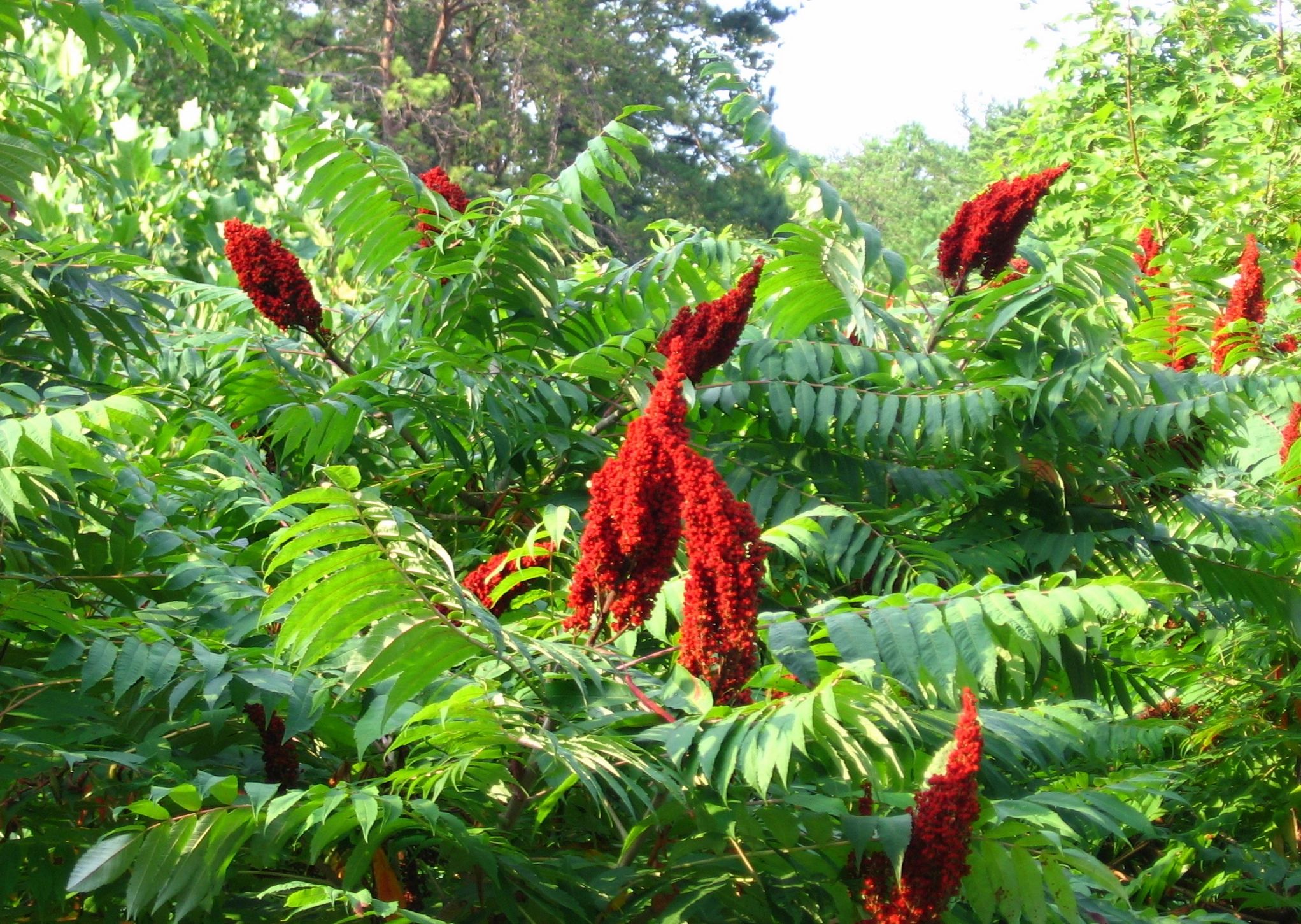
Rhus glabras
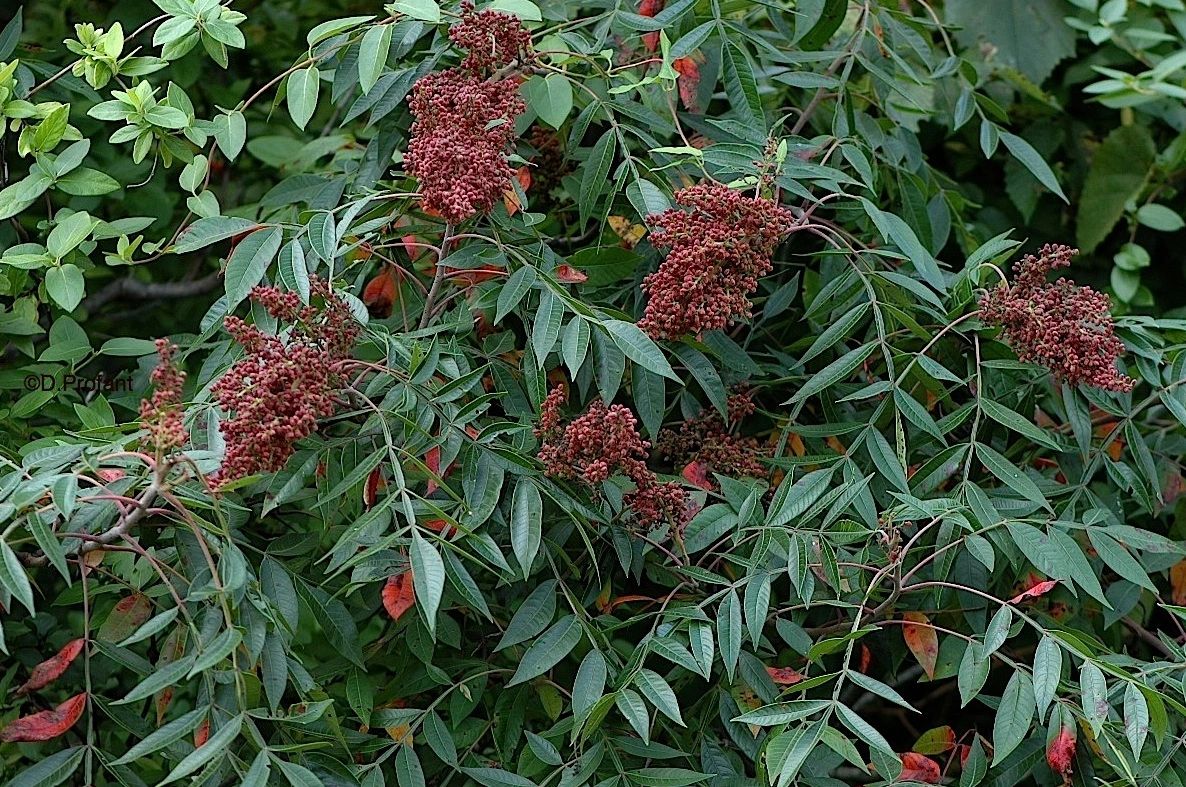
Rhus copallinum
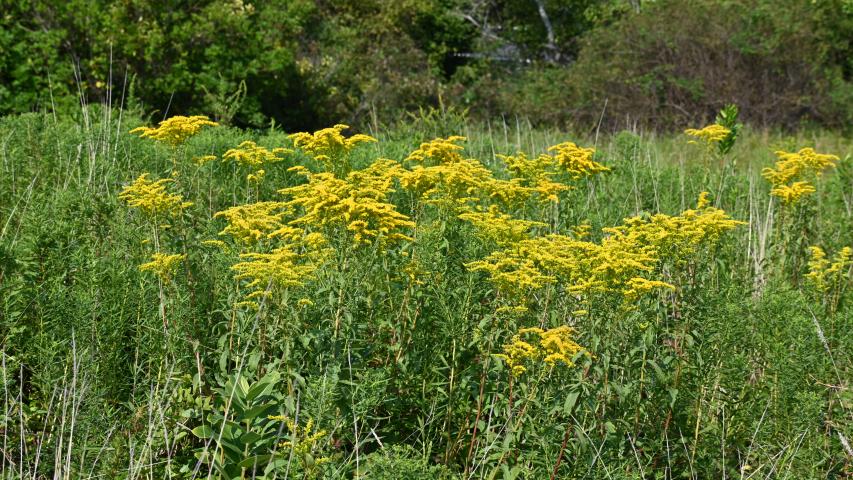
Solidago juncea
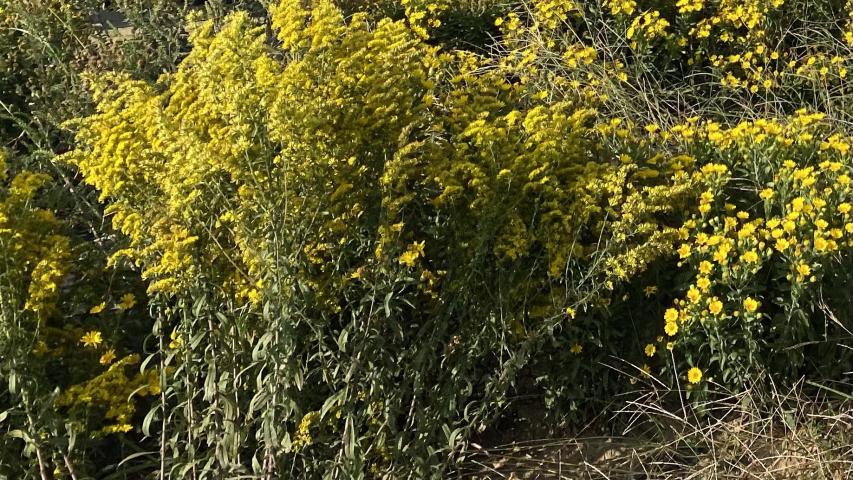
Solidago nemoralis
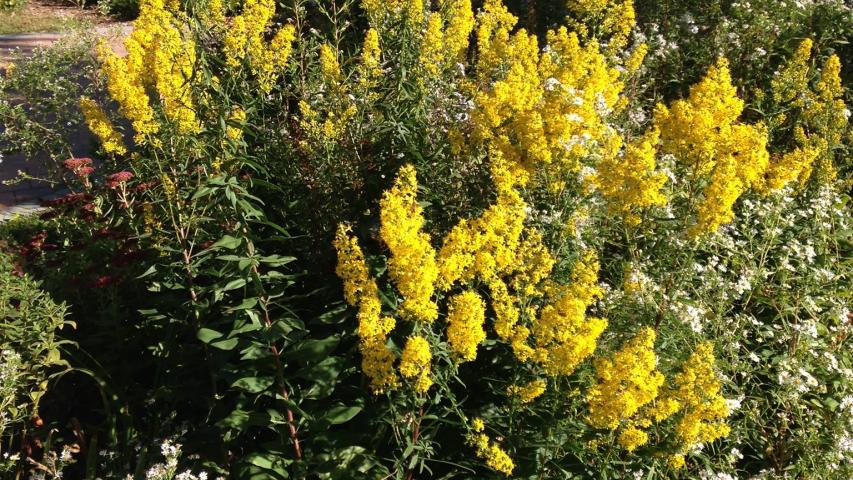
Solidago speciosa

Aronia melanocarpa

Lobelia cardinalis

Lespedeza capitata

Spiraea tomentosa

Cephalanthus occidentalis

Euthamia graminifolia

Hibiscus moscheutos

Juniperus virginicus

Rhus glabras

Rhus copallinum

Solidago juncea

Solidago speciosa

Opuntia humifusa
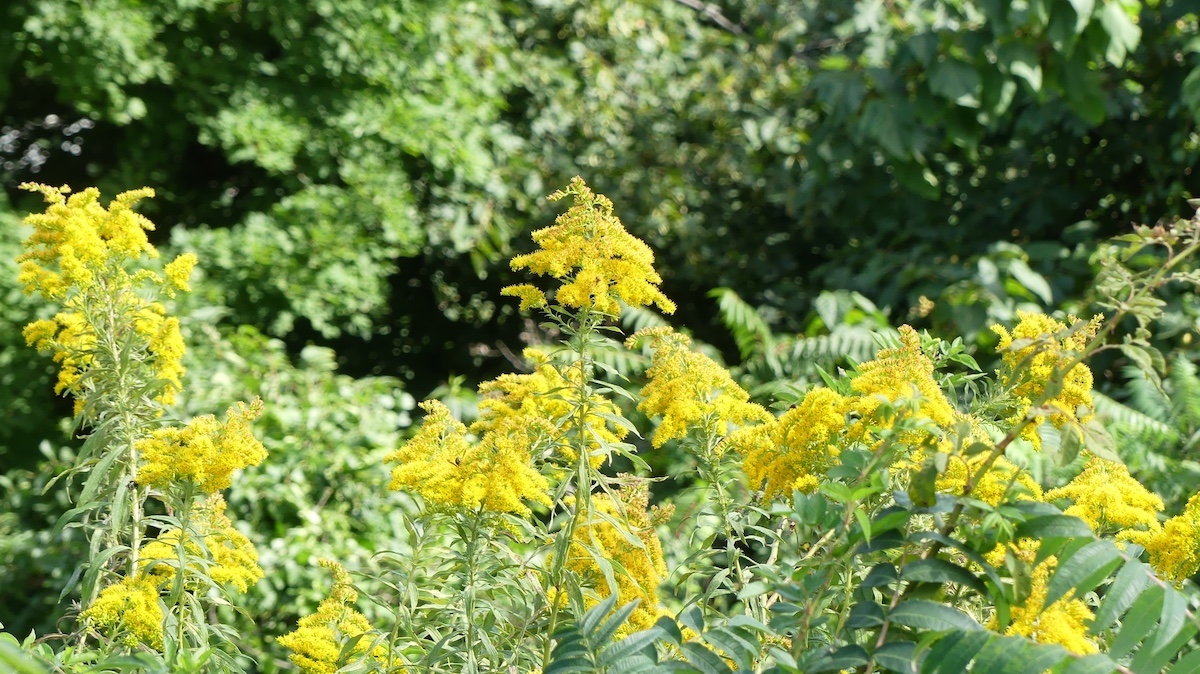
Solidago odora
Recognizing Invasive Plant Species
Understanding what’s invasive is the first step toward restoring balance in our local ecosystems. By learning to identify and remove these plants, we make space for native species to thrive.
Not sure how to recognize invasive plants in your area?
Try one of these helpful plant identification apps to learn more about what’s growing around you:
Resources
Where to purchase native Long Island plants:

